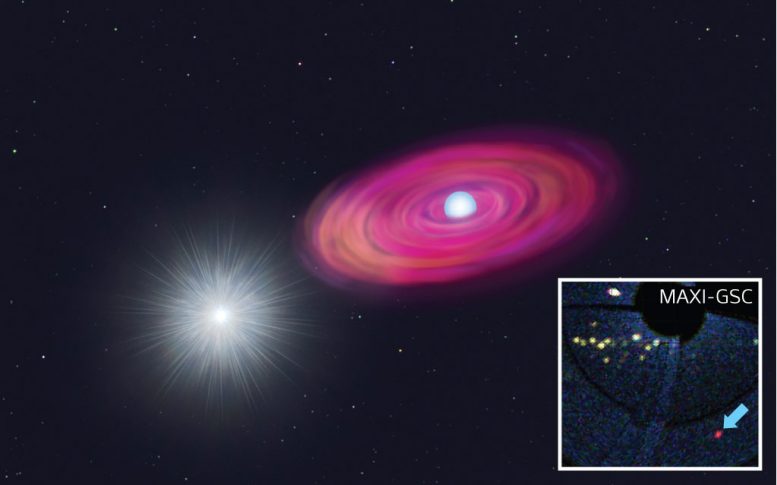
The white dwarf MAXI J0158−744 (left) underwent a nova explosion fueled by material drawn from its neighboring star (right). X-rays from the powerful nova explosion (inset) were detected by the MAXI instrument. Credit: Takuya Ohkawa. 2014 RIKEN (main image); 2013 The American Astronomical Society (inset)
Astronomers have reconstructed the short-lived nova explosion from white dwarf MAXI J0158−744, revealing for the first time the runaway fusion reaction that triggered the blast.
On 11 November 2011, astronomers witnessed a distant star erupt in an incredibly powerful explosion. An international research team including Mikio Morii and colleagues from the MAXI Team at the RIKEN Global Research Cluster has now reconstructed the event from a handful of telescopic snapshots, revealing for the first time the runaway fusion reaction that triggered the blast.
The star, known as MAXI J0158−744, is a white dwarf—a very old and dense star, exhausted of hydrogen and roughly the size of the Earth yet as heavy as our Sun. MAXI J0158−744 is partnered with a much younger, larger star, which it had been voraciously ‘feeding’ off by sucking hydrogen and helium to resurrect fusion reactions in a fresh layer on its surface. The renewed fusion reactions proved to be unstable and sparked a nova explosion—a massive outburst that blasted the freshly acquired material into space.
Low-energy X-rays from the blast were first detected by the MAXI instrument aboard the International Space Station. Roughly four minutes later, the nova’s light reached a climax. “The peak brightness of MAXI J0158–744 was 5 million times greater than that of our Sun’s normal emission,” says Morii. “It was the first observation of the initial fireball phase of a nova.”
Some 22 minutes after the explosion, MAXI detected that the sudden ejection of matter had peaked and that the star’s glowing halo was beginning to shrink. The MAXI team alerted the orbiting Swift X-ray telescope, which swung into action. Less than 11 hours after the initial observation, Swift confirmed the location of the white dwarf and reported that it was emitting low-energy X-rays as it burned off the remaining hydrogen and helium.
The whole process happened more quickly than is typical of novae. Yet it was also much fainter, implying that relatively little mass was ejected in the explosion. The team’s findings suggest that the white dwarf was unusually massive, giving it a higher surface gravity that put the accumulated material under even greater pressure. This meant that less fuel was needed to trigger the explosion and a briefer nova with less ejecta was produced.
The researchers are now hunting for other examples of nova ignition. “We have already started the search for similar transient x-ray emissions using MAXI data from more than four years of observations,” says Morii. His team is also preparing a successor to MAXI that will seek out novae across a much wider field of view.
Reference: “Extraordinary luminous soft X-ray transient MAXI J0158-744 as an ignition of a nova on a very massive O-Ne white dwarf” by M. Morii, H. Tomida, M. Kimura, F. Suwa, H. Negoro, M. Serino, J. A. Kennea, K. L. Page, P. A. Curran, F. M. Walter, N. P. M. Kuin, T. Pritchard, S. Nakahira, K. Hiroi, R. Usui, N. Kawai, J. P. Osborne, T. Mihara, M. Sugizaki, N. Gehrels, M. Kohama, T. Kotani, M. Matsuoka, M. Nakajima, P. W. A. Roming, T. Sakamoto, K. Sugimori, Y. Tsuboi, H. Tsunemi, Y. Ueda, S. Ueno and A. Yoshida, 2 December 2013, The Astrophysical Journal Letters.
DOI: 10.1088/0004-637X/779/2/118
arXiv:1310.1175


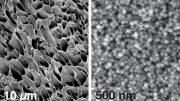
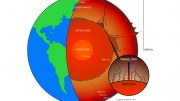

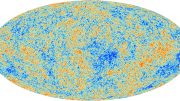

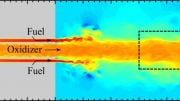

Present information